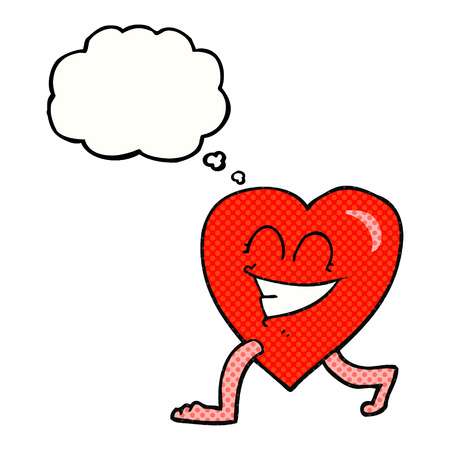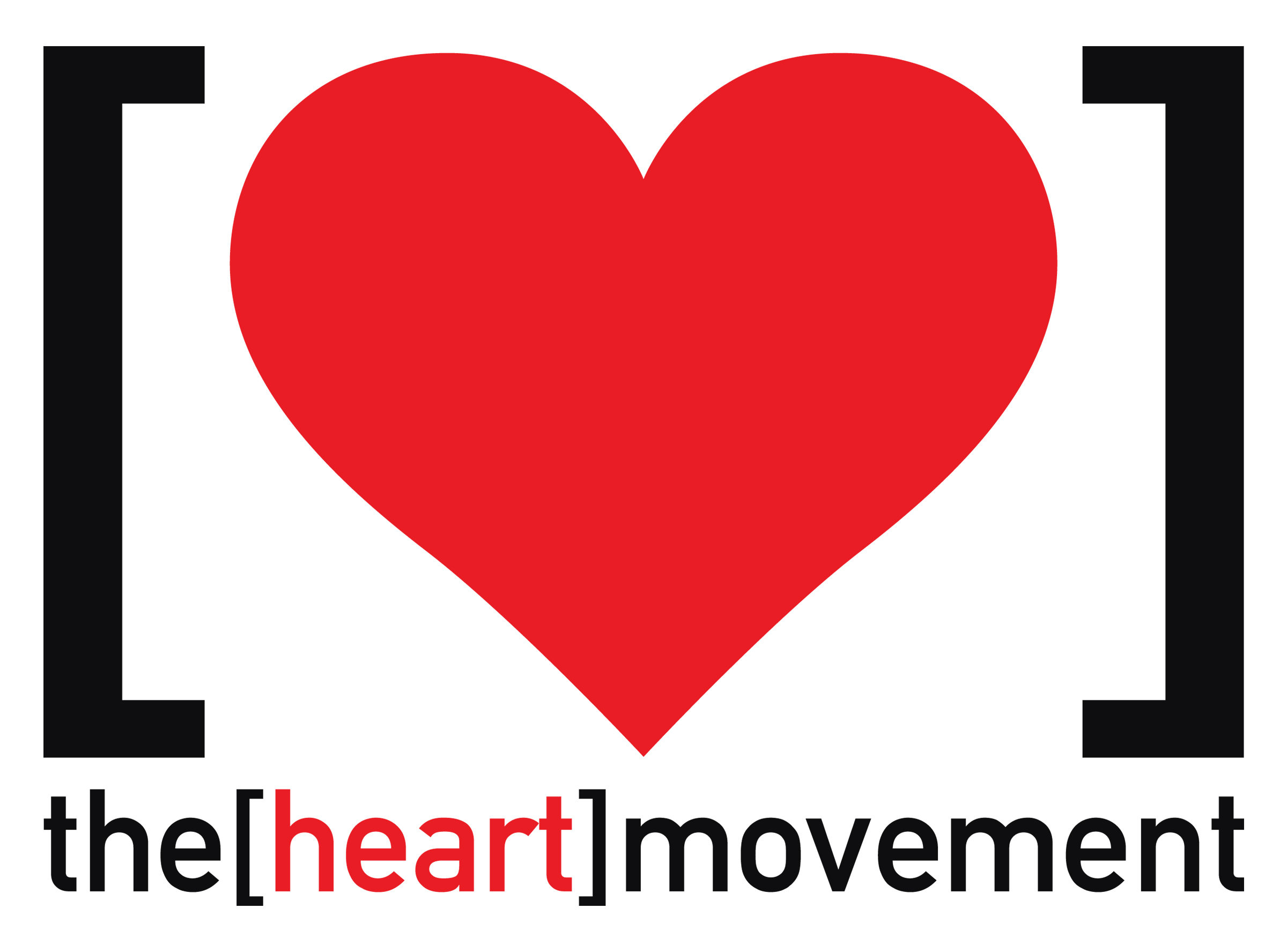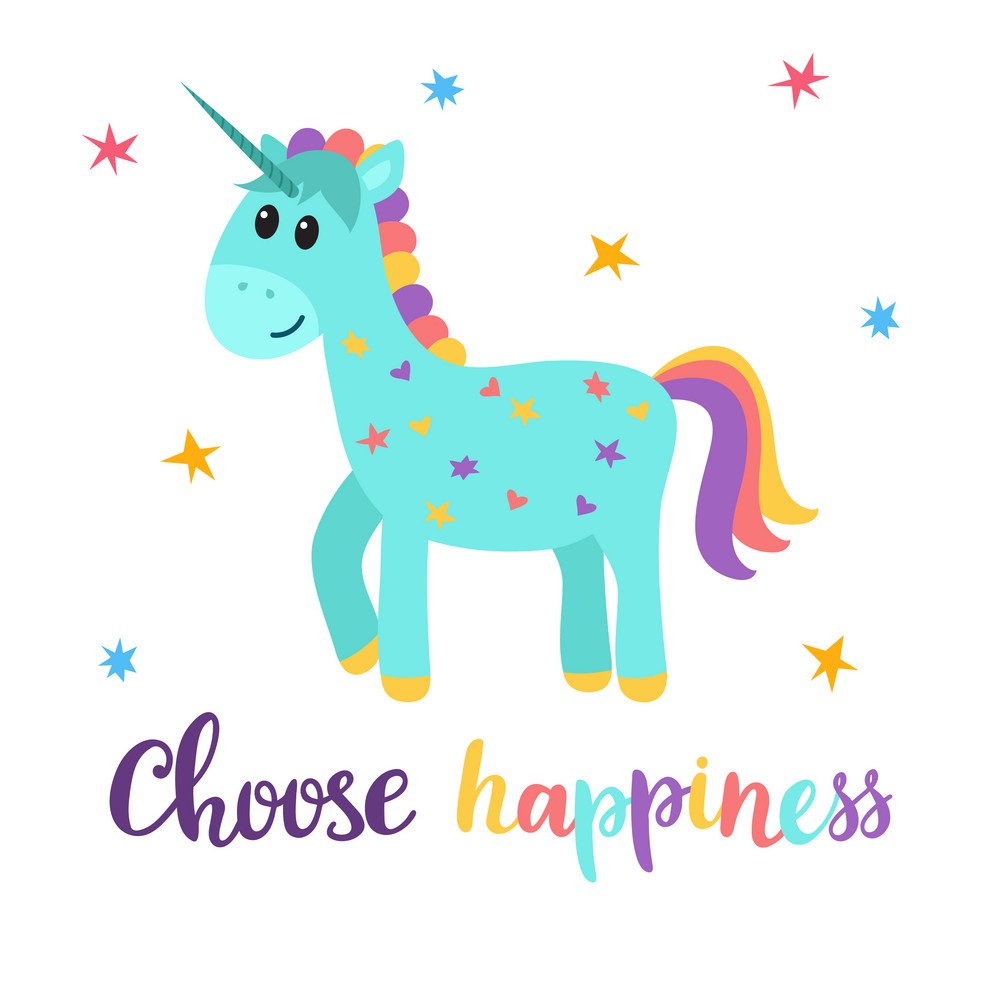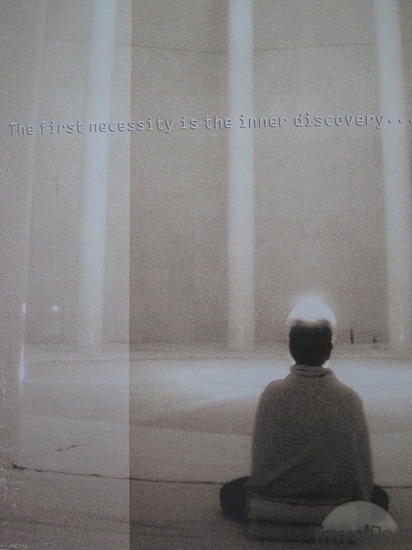
They’re with you no matter where you go, no matter what you’re doing, no matter what’s happening around you.
Thoughts.
The power your thoughts command is probably vastly underestimated by most. Or, at least not given the attention of significance that it deserves. It’s hypothesized that a person has anywhere from 60,000 to 80,000 thoughts per day. I would argue (without any scientific data at hand), that the range seems a bit high. Considering there’s exactly 86,400 seconds in a day, it seems lofty that nearly every one of them is occupied with a thought. Perhaps, though, that is the product of our sentience? The constant, ongoing construction of thoughts.
Even if you pared the estimate down to just 20%, that’s still 12,000 to 16,000 thoughts per day. The only thing we do more, is breathe.
And so, is it any wonder how productive or destructive our thoughts can be to us? Split it down the middle; half of your thoughts positive, half of your thoughts negative. So, roughly 6,000 to 8,000 times a day, we are thinking of things that don’t make us feel good. It’s more than eye opening. The probable truth of the matter is that the bad ones are often more prevalent and can easily consume the good ones, usually very unbeknownst to us. It’s challenge enough to quell the negative thoughts of the significant matters we navigate in life like self-worth, past trauma, relationships, jobs, bills; let alone even identify the thoughts we have of general worry, stress, missing a deadline, being late somewhere or not liking how we look in our clothes that day. These are all thoughts that calibrate at a lower vibration and, in turn, deteriorate and damage our well being.
Negativity, intentional or otherwise, is not Love. Our thoughts reside within the self, and when they are not positive (or even neutral), we are not practicing self Love. Further to that, when that negativity is projected outwardly, we are propagating that lower vibration into our environment making it even more difficult to know where we begin and where it ends.
Dr. David Hawkins developed what he termed the Map of Consciousness. As a metaphysical and spiritually left-brained scientist, he identified, pretty plain and simply, that Love calibrates at a vibration of frequency higher than guilt, anxiety, anger, fear, despair, etc. Seems obvious but lends a sort of concrete semblance by way of scientific merit.
And, as complex as it may seem, the blueprint of the Universe is that of simplicity. Not ease, simplicity. In paraphrasing Newton’s third law, “everything has an equal and opposite force”. Meaning, in this context, stopping the negative thoughts translates into practising positive ones. Simplicity.
“Love is awareness, not avoidance” -Waylon Lewis
We don’t mean to, but when we fall into the negativity, we default to avoidance. It’s a normal response to go into a mode of “surviving” rather than “thriving”. Changing the default is, simply, one of practice. It’s a practice of awareness. It’s adopting the concept that yes, negativity exists, but its power over us is a choice. And, it’s acknowledging that there is a force to counteract the negativity; positivity.
This practice is rooted in awareness. It is an ongoing awareness to identify when it’s happening and finding a way to choose an opposing path. Whether to, literally, say, “stop” in your mind, ask yourself what benefit it is to think those thoughts, tell yourself you’re better than the thoughts, finding a positive thought to get in the way; it’s awareness. Simple. But, not easy.
Defaults can be changed. Routines can be changed. Thoughts can be changed. Awareness is the catalyst. Awareness of what you’re bringing into your consciousness and life is the Love that you offer your self. It is the Love that you offer of your self to everyone around you. And, it is a choice.
Be Love.




